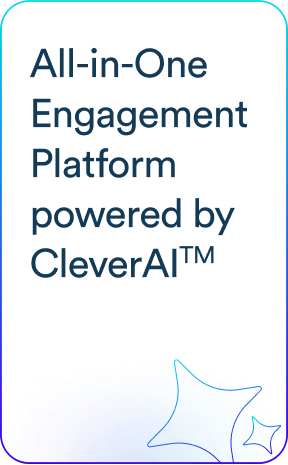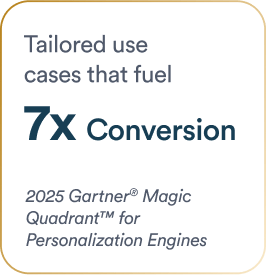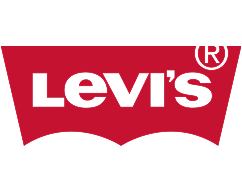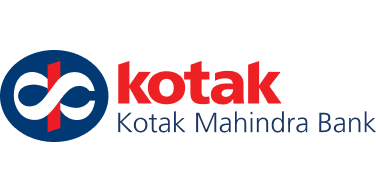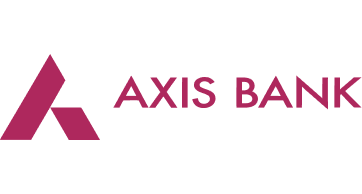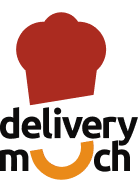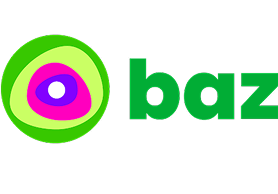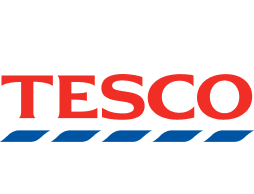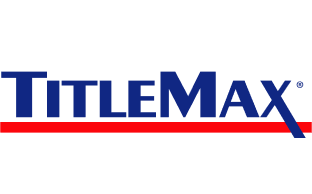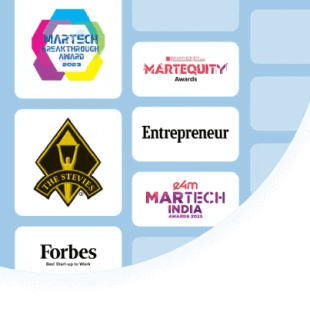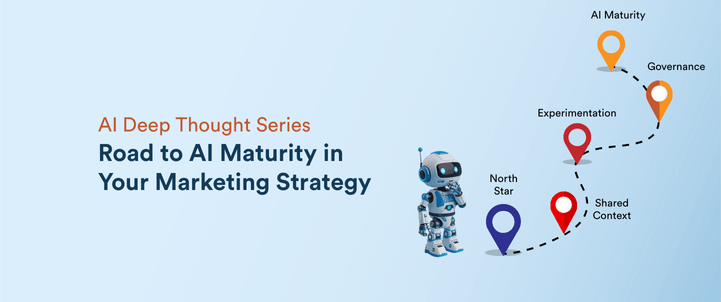Most AI projects stall. They launch as pilots, impress in demos, then fade. In fact, according to a new report published by MIT’s NANDA initiative, 95% of generative AI pilots are failing.
The problem isn’t the technology. Executives know they need AI, but few know how to turn pilots into business value. How do you move from scattered experiments to achieving business goals? How do you make AI part of your company’s operating rhythm? How do you reach AI maturity as an organization?
You can’t chase AI maturity directly. First thing to do is to take stock and analyse the current state of the AI maturity curve. This should be followed by defining and implementing a strong set of processes that will provide a direction to AI maturity.
In this blog, we’ll go through some of the essential processes you need to put in place to realise the true value of AI in your marketing strategy.
Define your North Star
AI strategy without a North Star, drifts. It becomes a science experiment with no link to revenue, retention, customer experience, or any business outcome in general.
The first step on the road to AI maturity is focus. Decide what you want AI to optimize. Is it retention? Cost to serve? Revenue per user? Customer satisfaction?
Translate that goal into a small set of testable hypotheses. If retention is your North Star, a hypothesis might be: “An agent that resolves tier-one support tickets will improve first-response time and help reduce churn.”
Every model, workflow, or agent must trace back to one of these hypotheses. No orphan or undefined projects. While experiments are good, they need to eventually translate or achieve business outcomes. This alignment ensures AI projects don’t end as failed pilots, and enables leaders to measure success, and teams to know when and where to push harder.
Build shared context
AI systems succeed or fail on the quality of context they can draw from. Without connected tools, up-to-date data, and clear guardrails, the output of AI agents will be worthless.
Shared context is the foundation of AI maturity. It means unifying CRM, product analytics, marketing tools & platforms, billing, inventory and support systems, and file management systems into a single layer of truth. It also means absorbing and comprehending unstructured data like emails, calls, and support tickets, making them full contributors to the shared context.
Integration is part of how you create this shared context. Each system connection needs to be managed like a product feature: ownership, permissions, audit trails, and alignment to your North Star.
Trust rises gradually as you move up the levels of control. In the early stages, you hold tight control while tools assist. As trust builds, you delegate more responsibility to agents under guardrails. That process depends on how well context is maintained: data that is comprehensive, accurate, timely, and shared safely.
The result is a shared context that is always aligned to outcomes. With that foundation, both humans and agents can act with confidence.
Experimentation, Evaluation & Continuous Learning
AI tech is never static. Models update, behaviors shift, and business contexts change. A mature company treats AI as a living system; one that is tested, measured, and recalibrated in continuous cycles.
The best place to start is with proof-of-concepts (POC). Each should be timeboxed to a fixed period, anchored by a clear metric, and assigned to a named owner. Running a small portfolio of POCs in parallel creates multiple paths to learning. At the end of each cycle, the winners are scaled and the rest are archived as learnings, ensuring that only what delivers value moves forward.
Learning comes from feedback captured during the work flow and its accuracy to the desired results. Responses must be validated often, deviations monitored, and corrections logged and acted upon. Re-training or re-configuration is not a once-a-year activity, or even a monthly activity. Daily monitoring is the key to ensuring AI systems behave as intended.
Evaluation provides the guardrails for this process. Agent-level metrics such as task success rates, escalation frequency, and time to resolution create insights into performance. Some organizations even deploy “evaluation agents” that review the work of other agents, with humans in the loop for oversight.
The goal is to maintain and learn from this portfolio of POCs. Each one adds insight, whether it scales or not, and together they sharpen every system over time, always pointing back to the business North Star.
Change management and talent
AI maturity depends as much on people as on systems. Without open communication to address fears of replacement, teams will resist adoption.
The fix is clear ownership combined with iteration. Every experiment should generate lessons that feed the next one, teaching both the technology and the teams that use it. This creates a culture where AI is not static but constantly improving, and where people grow alongside the systems they oversee.
Enabling (sometimes even mandating) teams to upskill is critical. Marketers, product managers, analysts, and engineers need to know how to work with AI tech in their domains. Cross-functional squads that combine domain expertise with AI know-how create resilience and agility. Companies also need to invest in AI-comfortable talent, people who can adjust quickly as tools evolve and who are confident enough to guide others.
The companies that succeed are those that treat AI as an accelerator, not a threat. Copilots supercharge human work. Agents take on repetitive tasks so employees can focus on creativity, relationships, and judgment. Human insight will remain essential in the AI era. Maturity comes when humans and agents grow together, each doing what they do best.
Governance and risk
No trust, no adoption. Governance is the backbone of AI maturity and the only way to scale with confidence. Trust is built in layers, and the first layer is how data is collected, stored, and used.
Every company needs clear policies for how data is collected, stored, and used. Consent workflows should be transparent and easy for customers to manage. Vendors and partners must be vetted for their security, privacy, and data practices, including how their AI models treat customer data.
Guardrails define what AI systems can and cannot do. That means setting boundaries on brand voice, tone, topics, and compliance rules. Permissions must apply to both humans and agents, with audit trails capturing every action, integration, and update. High-impact or sensitive outputs need human oversight, supported by tools that flag bias or compliance risks.
Governance also requires measurement. Go beyond speed and output volume. Track compliance pass rates, sentiment trends, bias incidents, and time to resolution. These metrics show whether AI is behaving safely and consistently with brand values.
High-risk actions such as writing directly into a system of record should require explicit approval. And every company should set non-negotiable red lines, tasks that AI must never perform.
Safe, consistent, and accountable AI is the only kind that endures.
Governance is the discipline that protects trust, reduces risk, and gives leaders the confidence to scale AI responsibly.
Conclusion
AI maturity is not about how many agents you deploy or how advanced your models sound. It is about the processes that keep those systems aligned to business value.
To quickly recap:
- Start with a North Star. Every system should optimize for a clear goal like retention, cost, or customer satisfaction.
- Build shared context. Connect tools, unify data, and keep it current so agents and humans work from the same source of truth.
- Run continuous experiments. Proof-of-concepts, timeboxed and measured, create a cycle of learning. Evaluation metrics and feedback loops ensure that both people and systems improve over time.
- Invest in change management. Upskill teams, form cross-functional squads, and create roles such as Agent Owner or Data Steward. Treat AI as an accelerator, not a replacement.
- Protect trust with governance. Clear policies, permissions, and red lines keep AI safe and accountable.
AI maturity is a journey, not a tick in the box. The companies that succeed will be the ones that treat it as a living, ongoing practice: focused on outcomes, grounded in context, iterative in learning, adaptive in culture, and disciplined in governance.
Free Customer Engagement Guides
Join our newsletter for actionable tips and proven strategies to grow your business and engage your customers.

